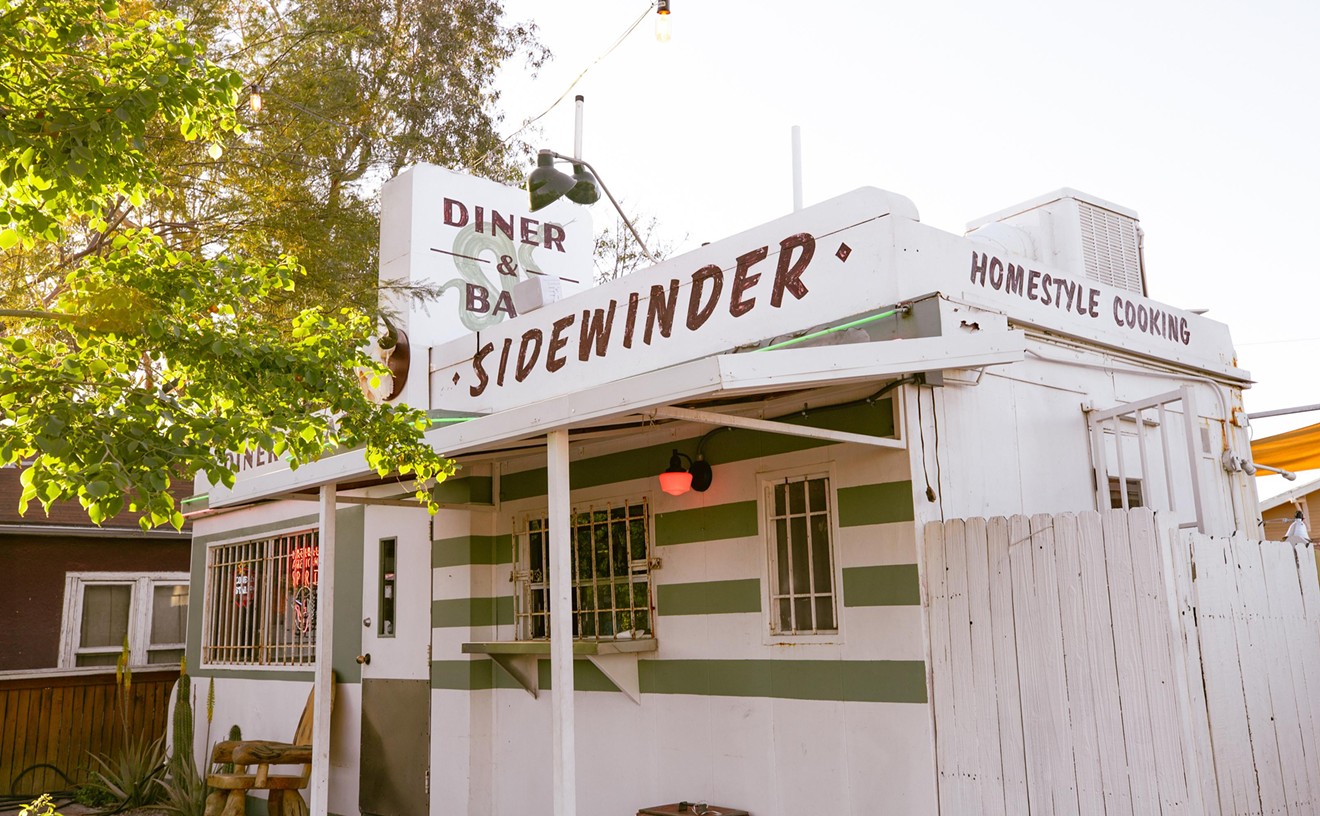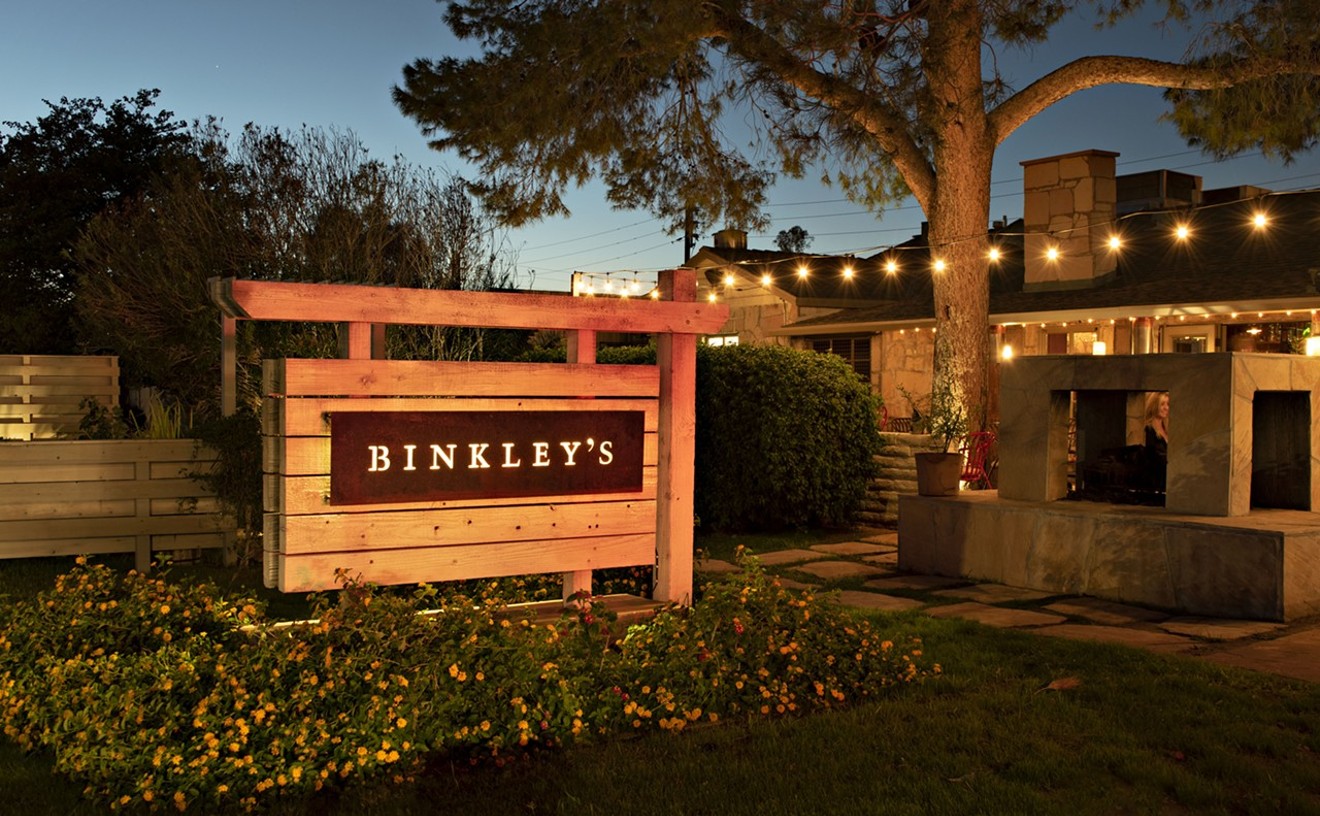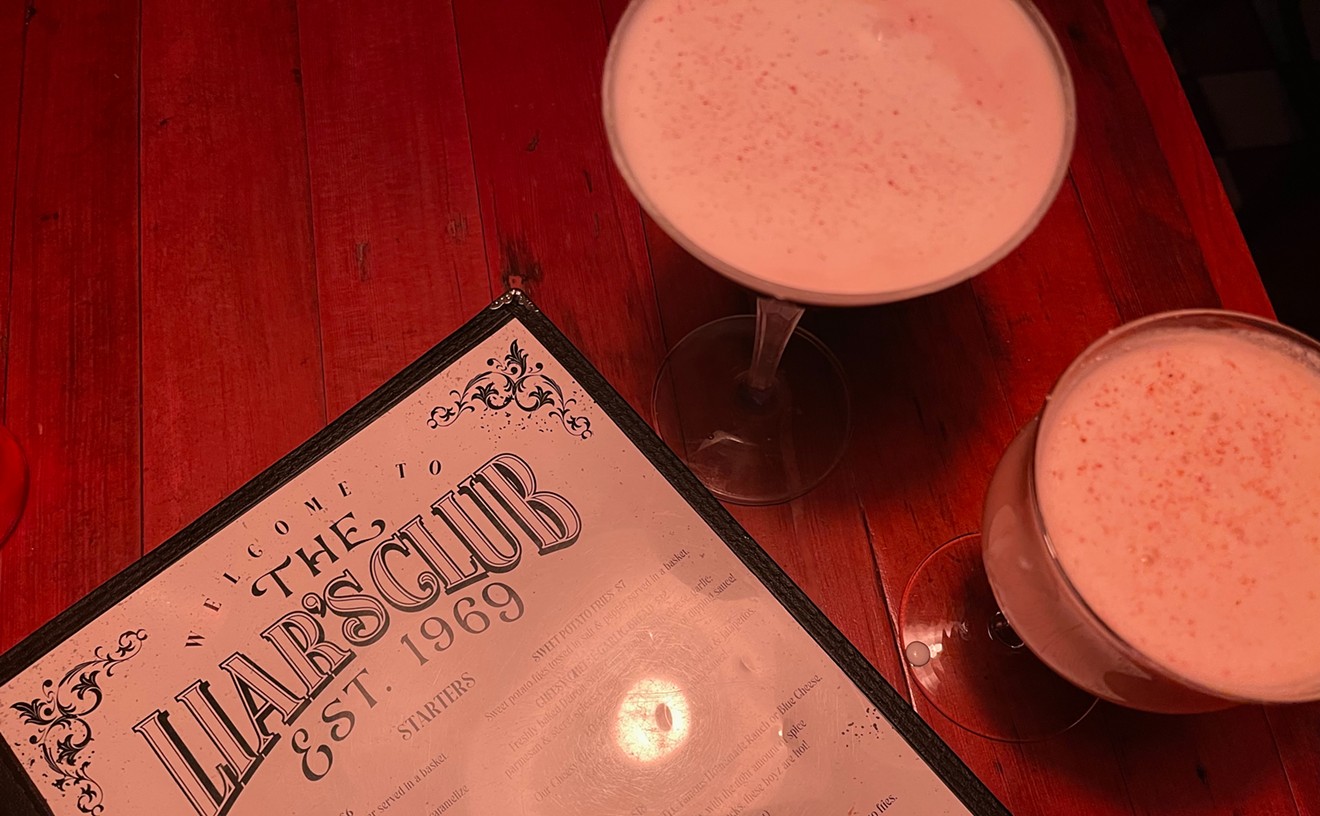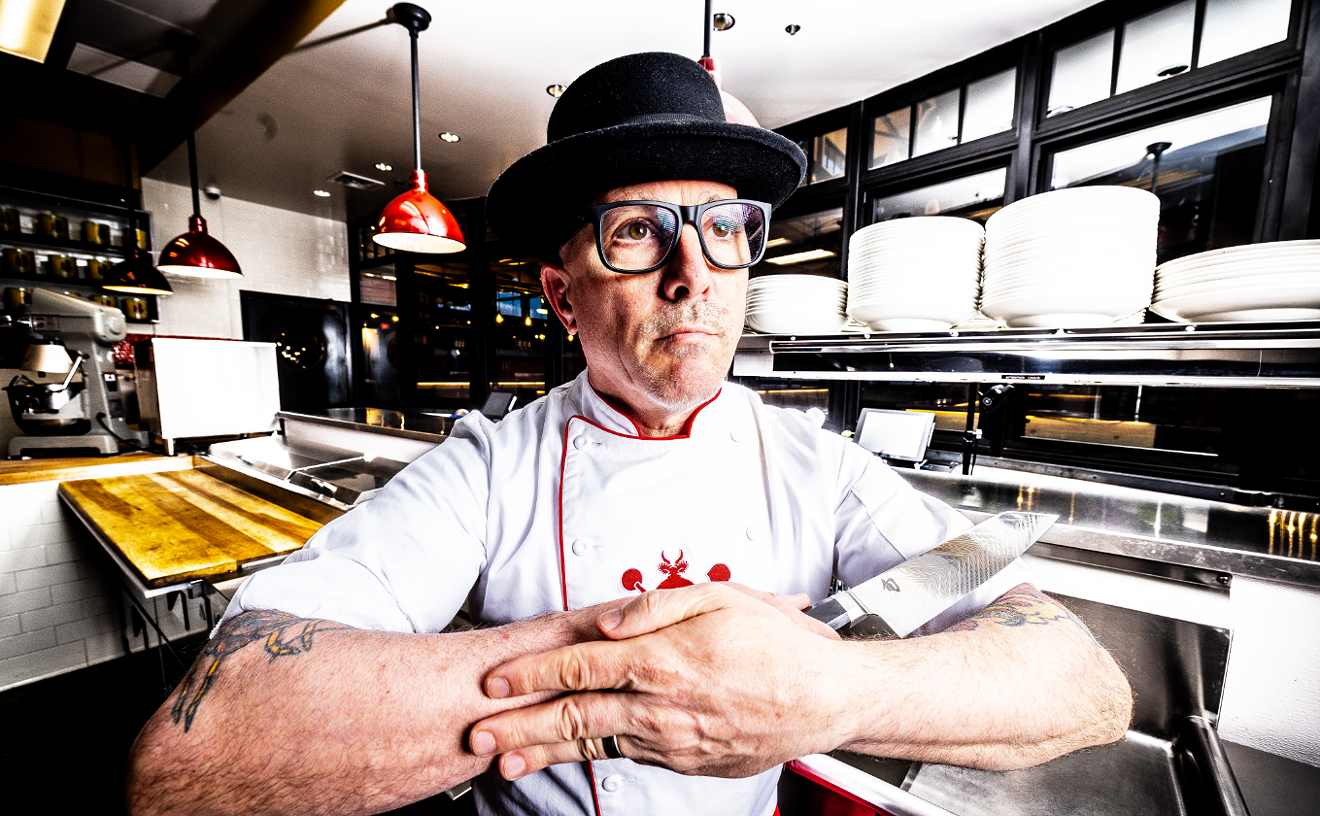That “manual labor” portion of St. Benedict’s guidelines is also interpreted differently depending on the monastery. Some Trappistes like to make cheese; others ferment wine; some even produce makeup and shampoo. The International Trappist Association, the ruling monks’ ruling body, determines which of these products can be sold to the general public with the “Authentic Trappist Product” logo. These are their rules for monk-brewed beer:
- The beer must be brewed within the walls of a Trappist monastery, either by the monks themselves or under their supervision.
- The brewery must be of secondary importance within the monastery and it should witness to the business practices proper to a monastic way of life.
- The brewery is not intended to be a profit-making venture. The income covers the living expenses of the monks and the maintenance of the buildings and grounds. Whatever remains is donated to charity for social work and to help persons in need.
The tale of La Trappe Quadrupel begins in 1881, when French Trappist monks settled in the village of Berkel-Enschot, located close to the Netherlands’ southern border with Belgium. The traveling Trappists took over a sheep barn and several farmhouses, which they named De Koningshoeven, or “king’s farms,” after their former owner, King William II. The sheep barn, inside whose walls beer is still produced today, was converted into an abbey in 1884. The La Trappe brand emerged from the abbey in 1980, its name inspired by a French abbey called “Notre-Dame de la Grande Trappe” — or “La Trappe” for the lazy — said to be where the Trappist order originated.
Koningshoeven produces nine beers as part of the La Trappe lineup, the strongest and most intensely flavored of which is called Quadrupel. First brewed in 1991, this 10-percent ABV beast was initially only made in winter, but its popularity soon led the monks to make it a year-rounder.
Enjoyed in a goblet — which makes one feel like royalty and/or Little John — La Trappe Quad is colored like hazy marzipan with a pillowy head of light tan. The aroma is brilliant and complex: banana, almond, baked bread, maple, raisin. It’s sweet-smelling and beautiful.
This transcendence is almost replicated in the flavor, though the tongue picks up more raisin, booze, and bitterness. The candy-like sweetness of the aroma is still present, playing off smooth banana notes and a background of bread crust. The body, creamy and sprinkled with zaps of peppery carbonation, is likewise a delicacy. This is my favorite quadrupel, and it’s not even a contest.
La Trappe Quadrupel is bottle-conditioned, meaning live yeast and a spoonful of sugar were added to each bottle before the cork went in. This means that not only will additional bubbles be created in the bottle, but the flavors of the beer will continue to evolve over time. Grab a beer to drink fresh and another to lay down, silent as the monks who crafted it, for a few years. You won’t be disappointed with the results.
Follow Chow Bella on Facebook, Twitter, and Pinterest.










